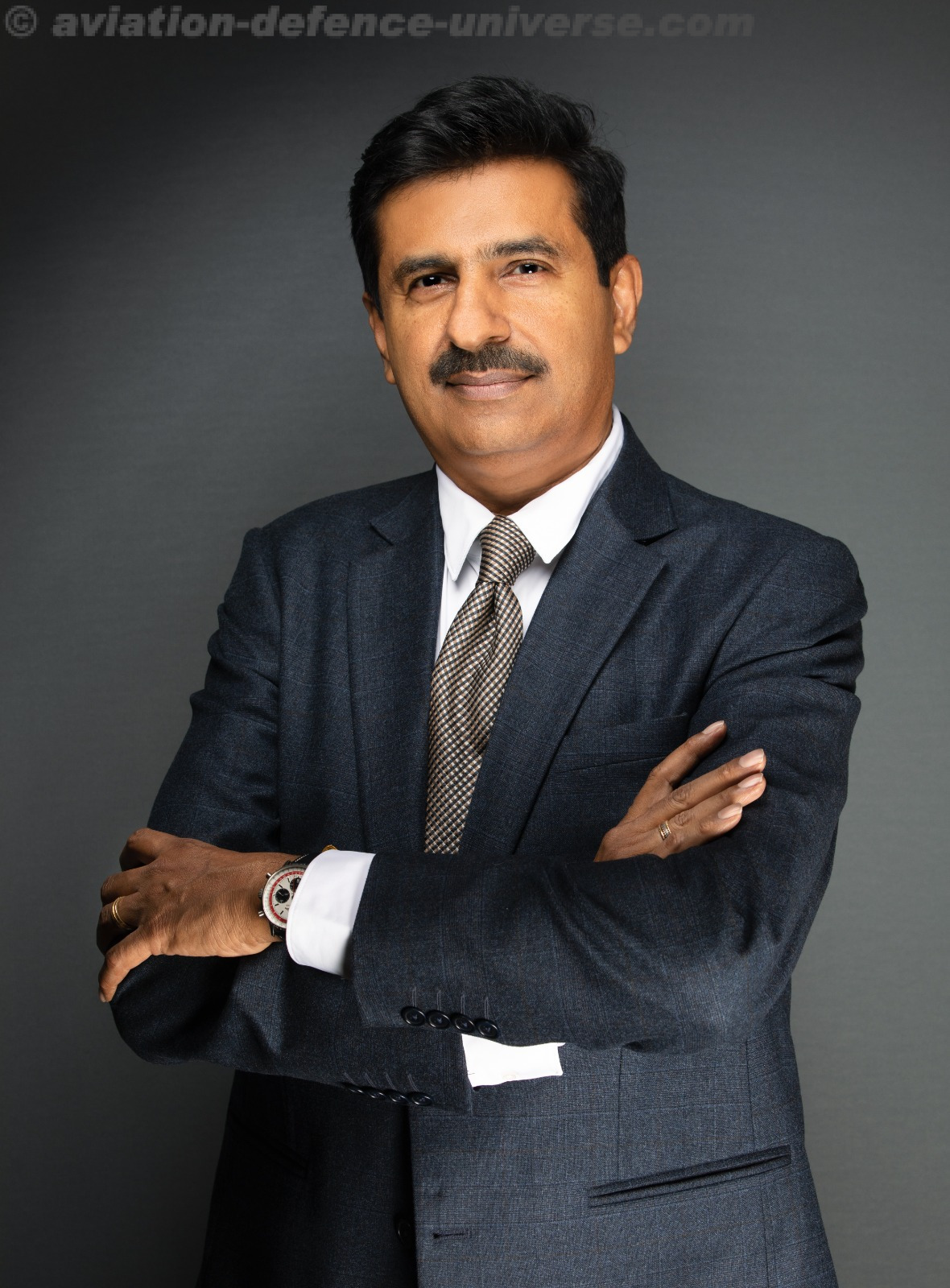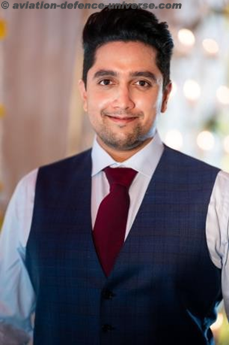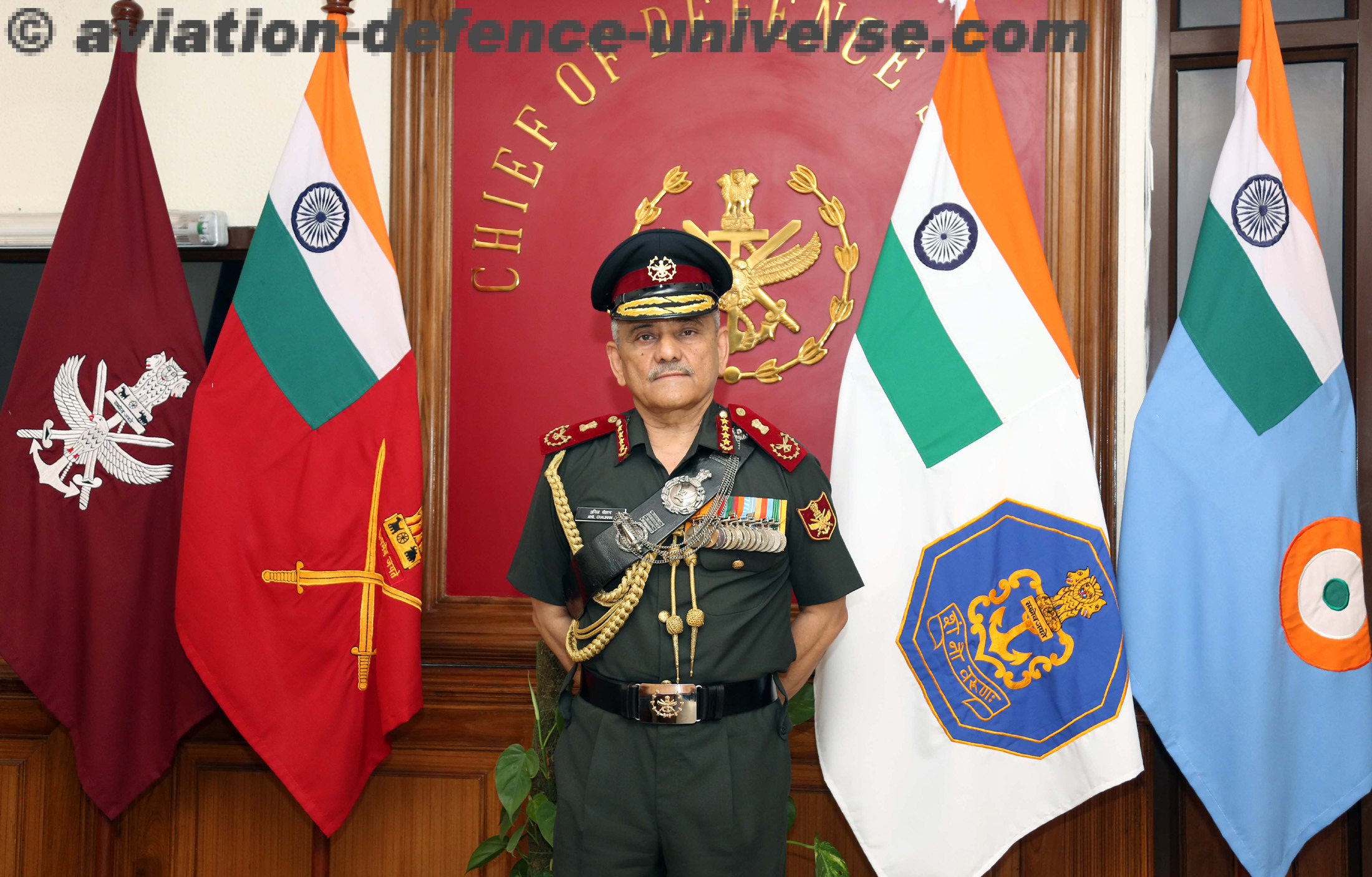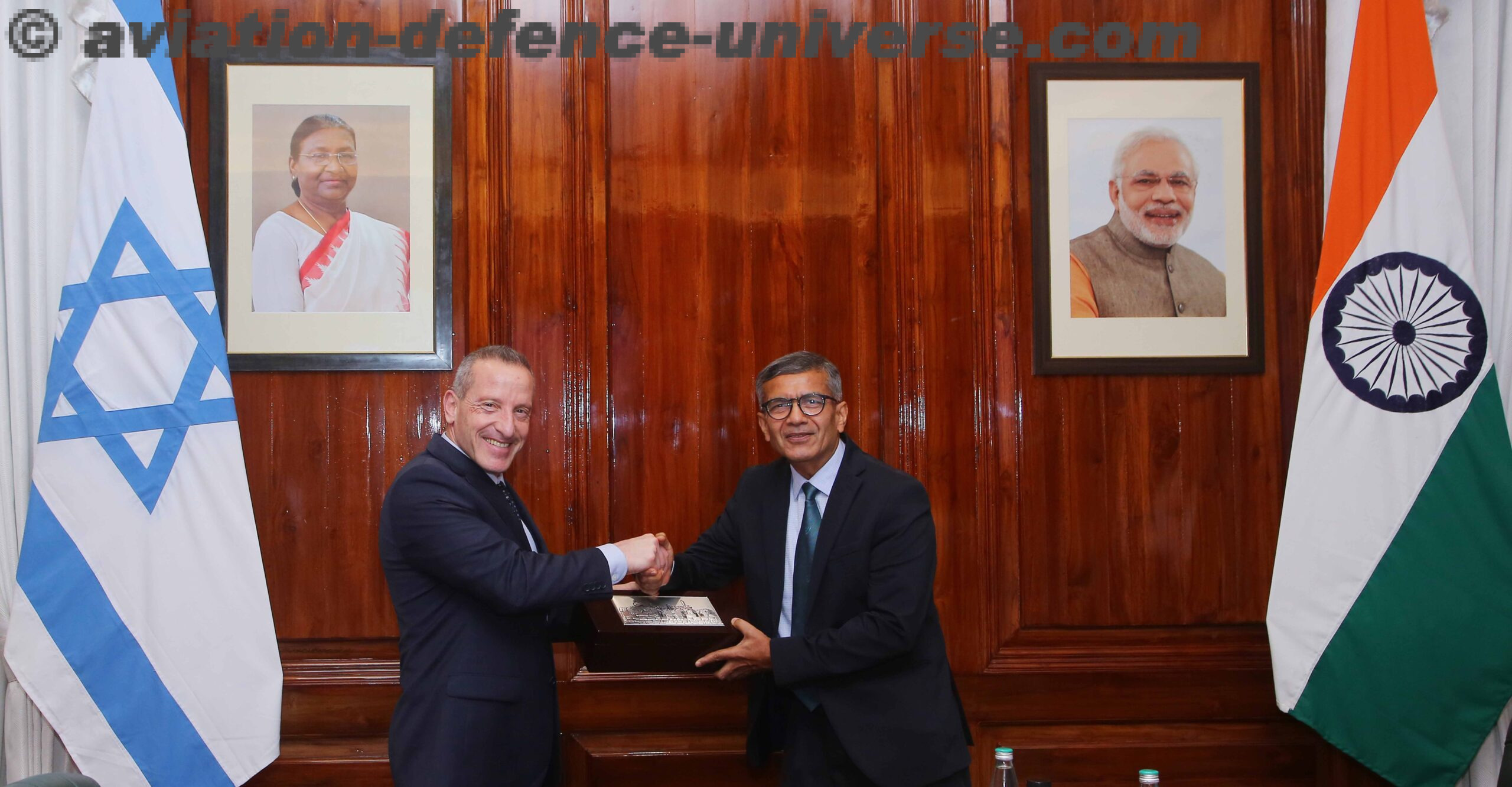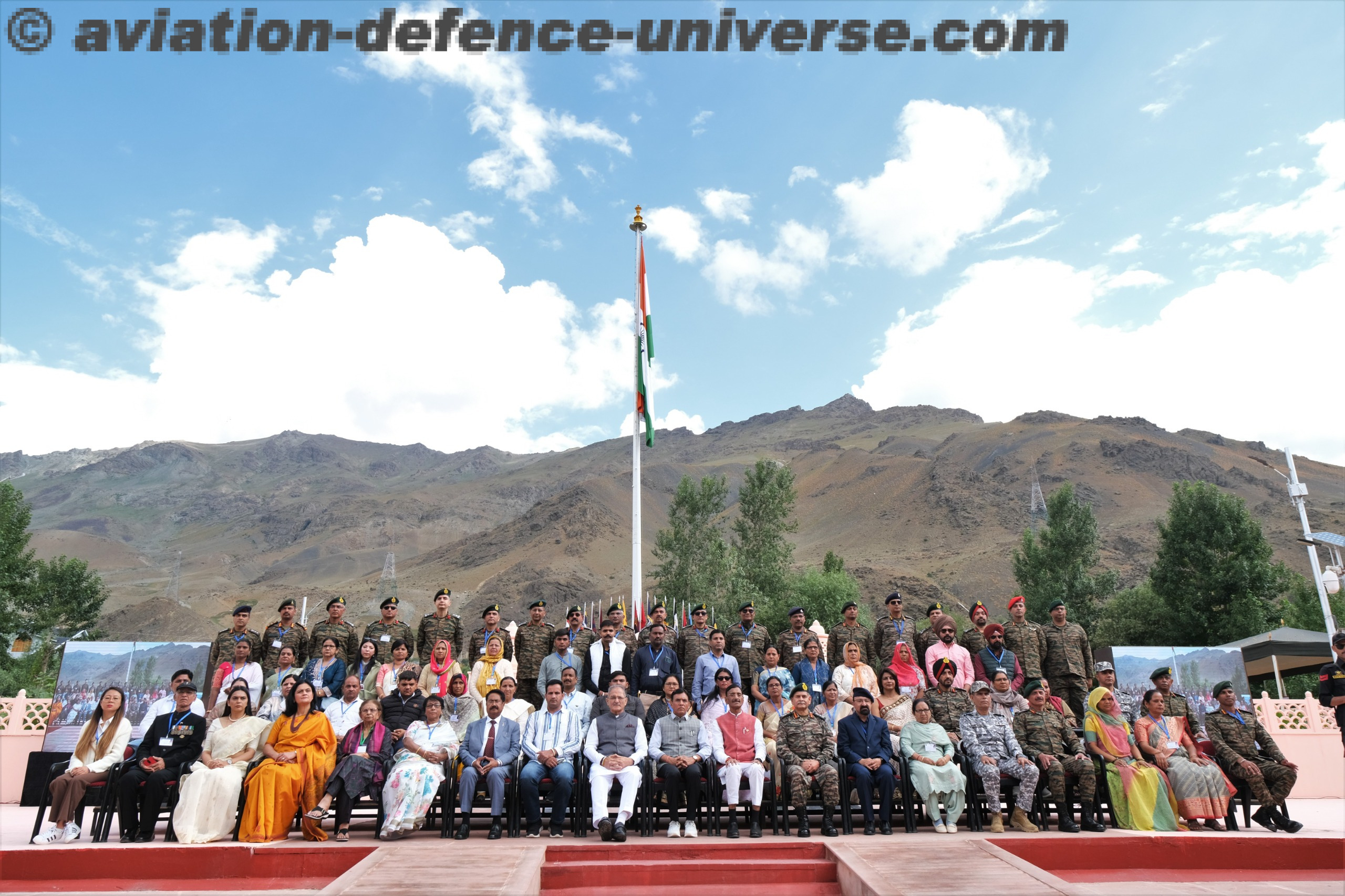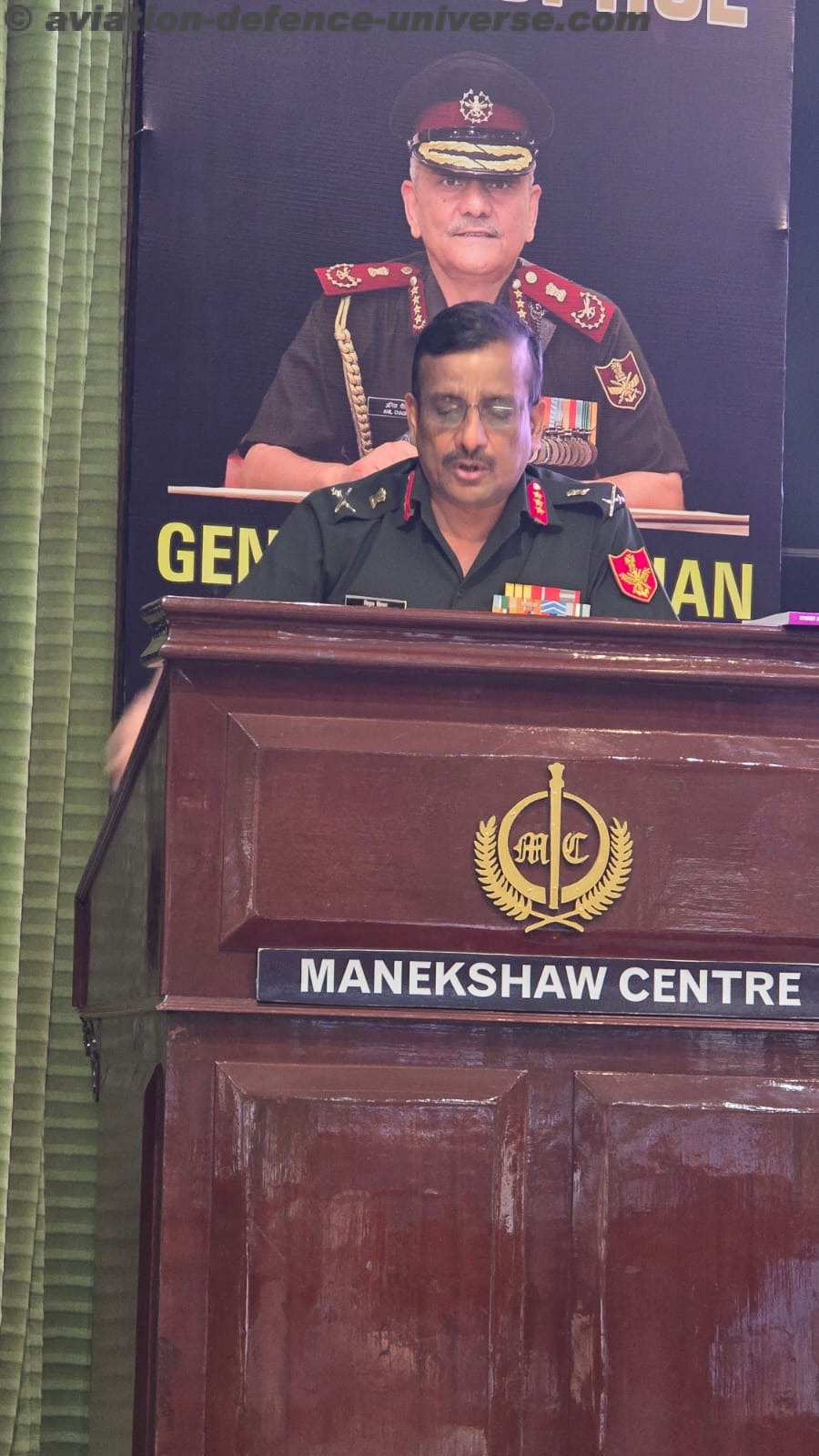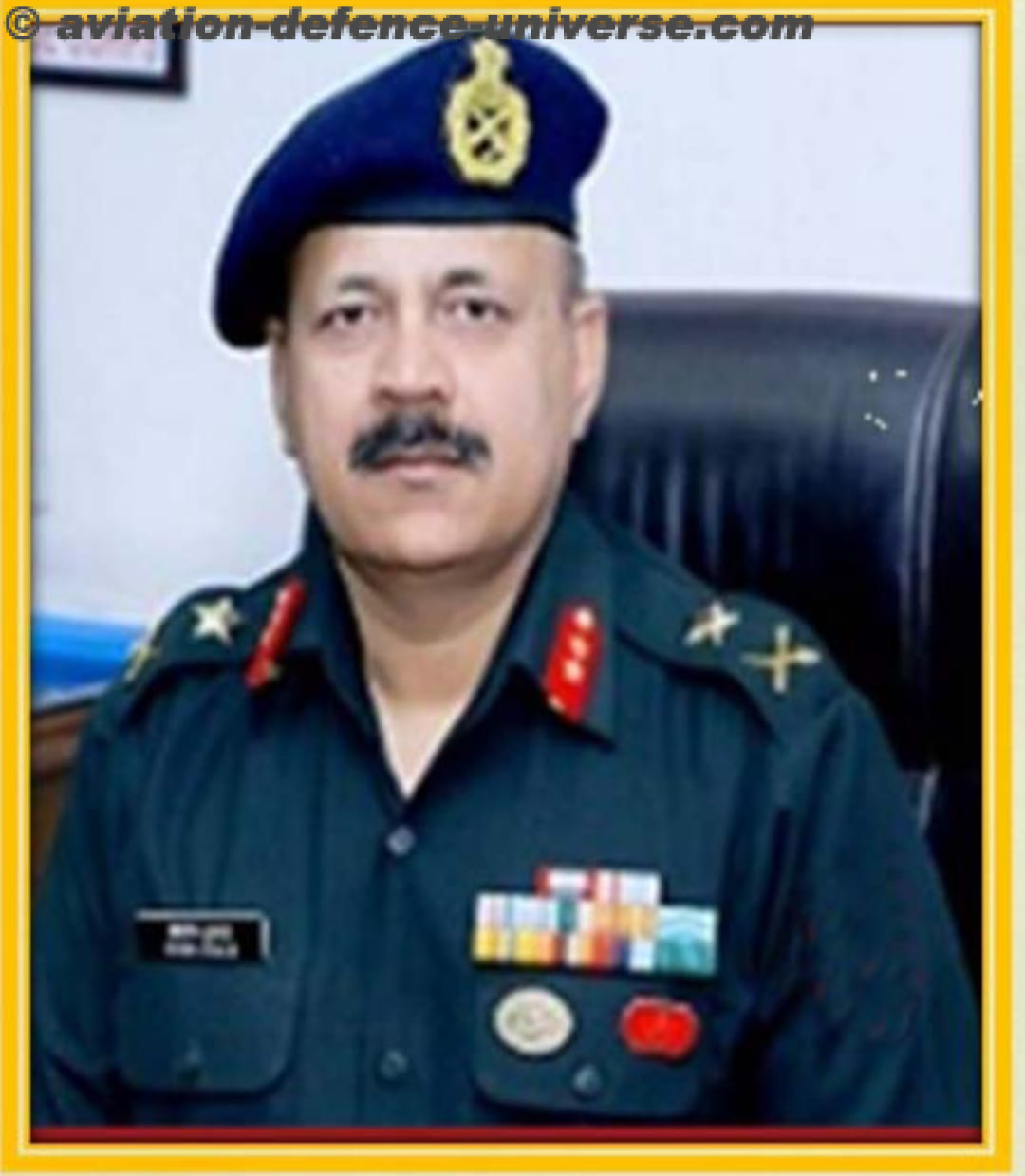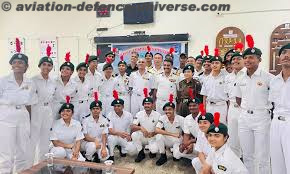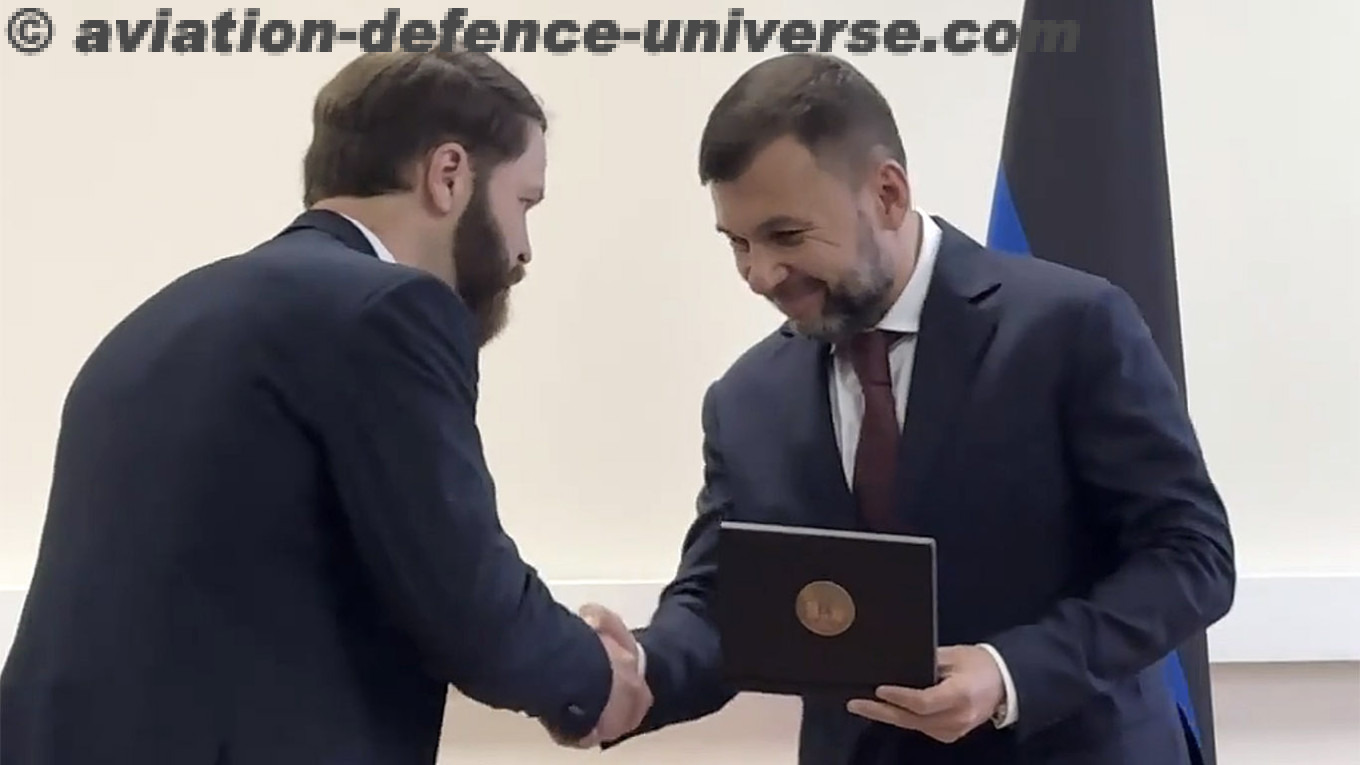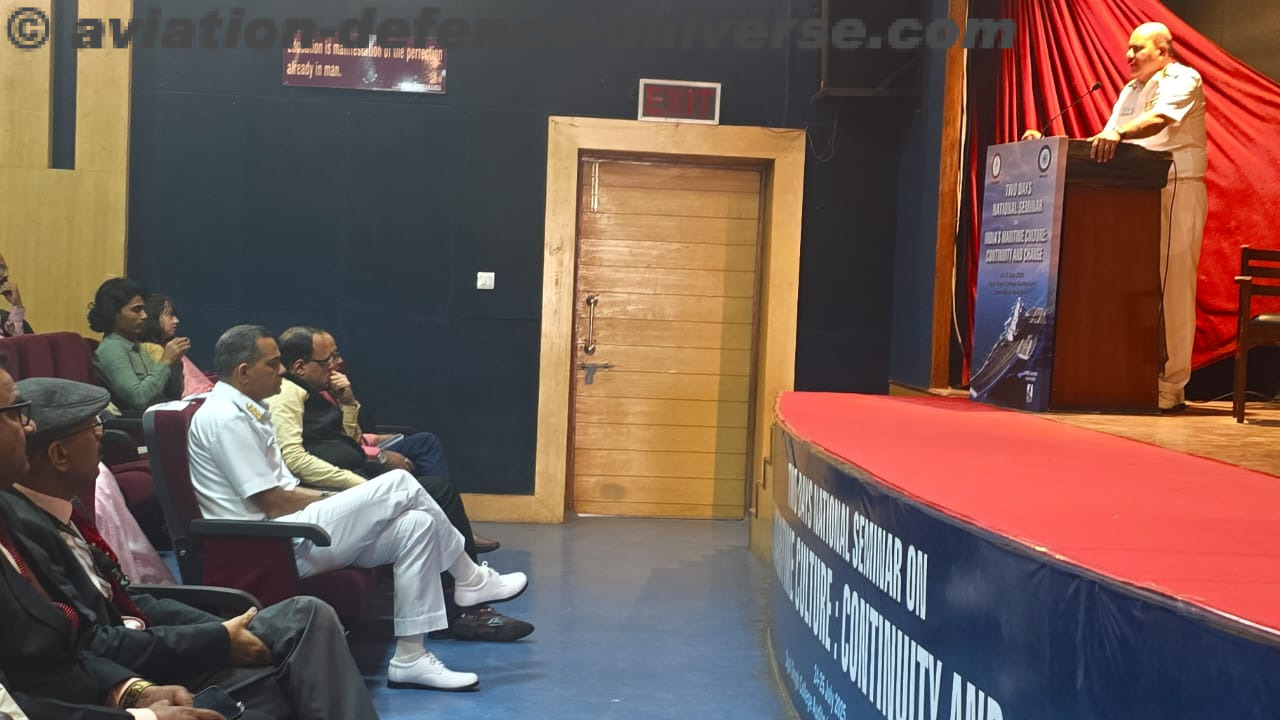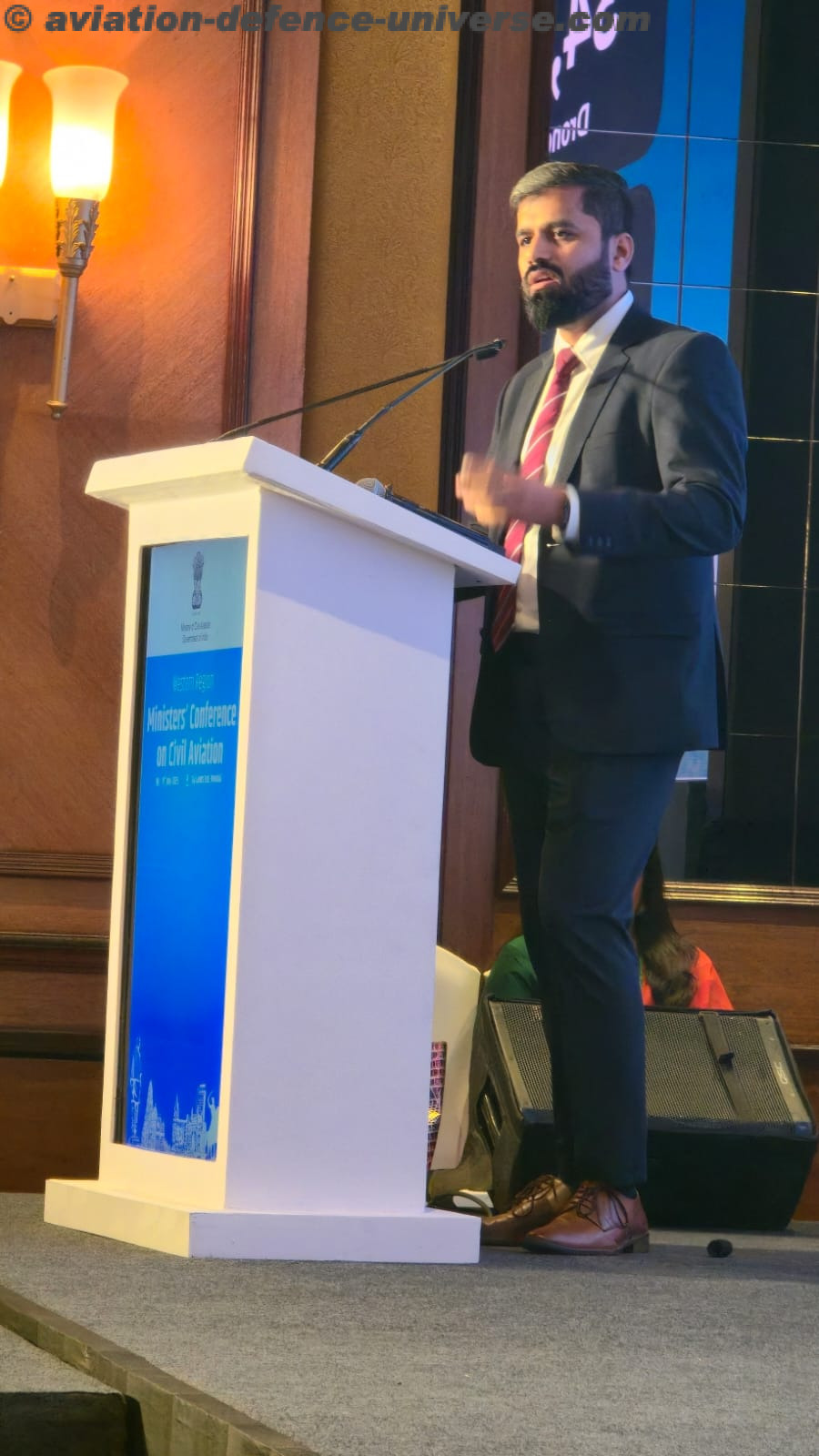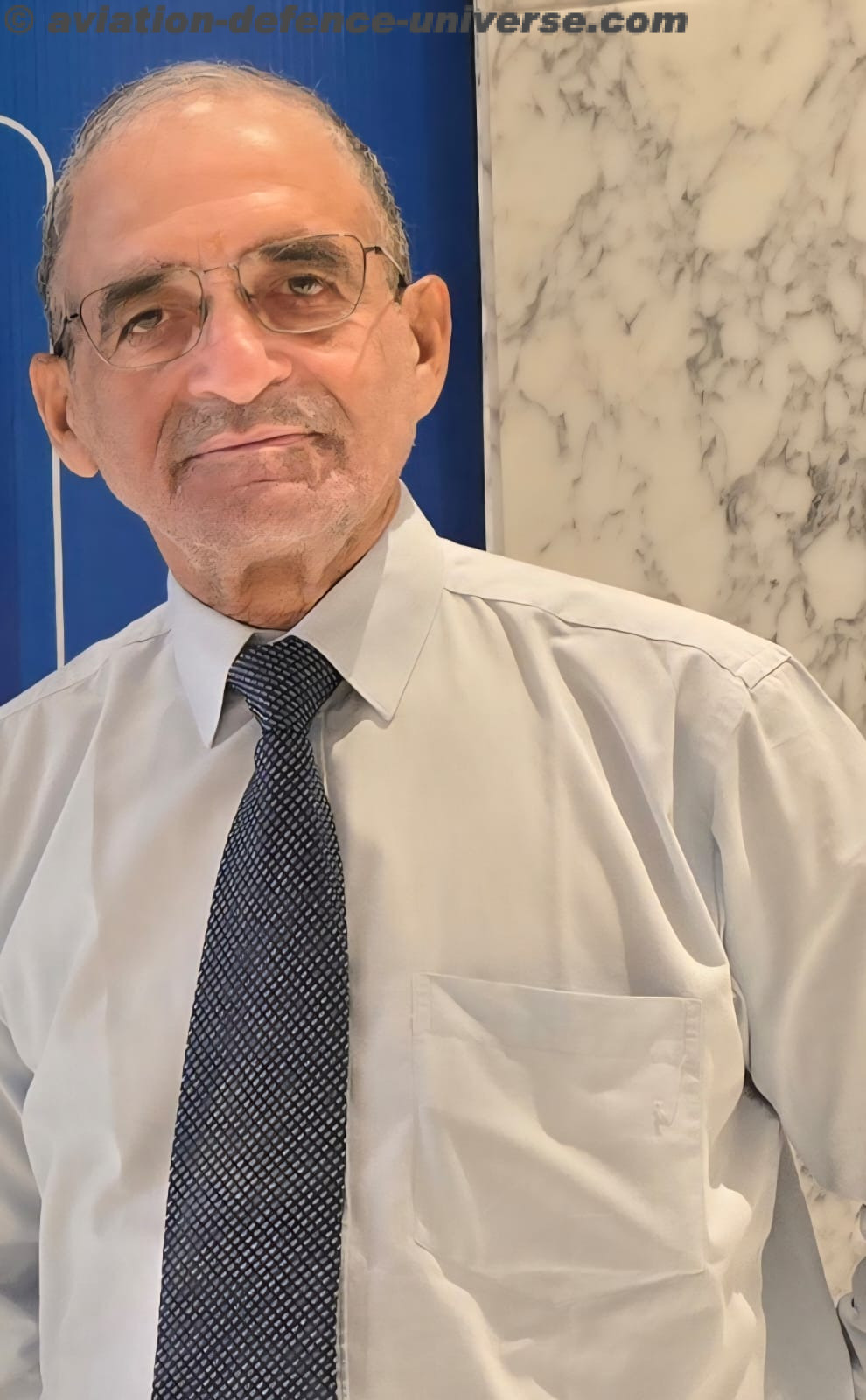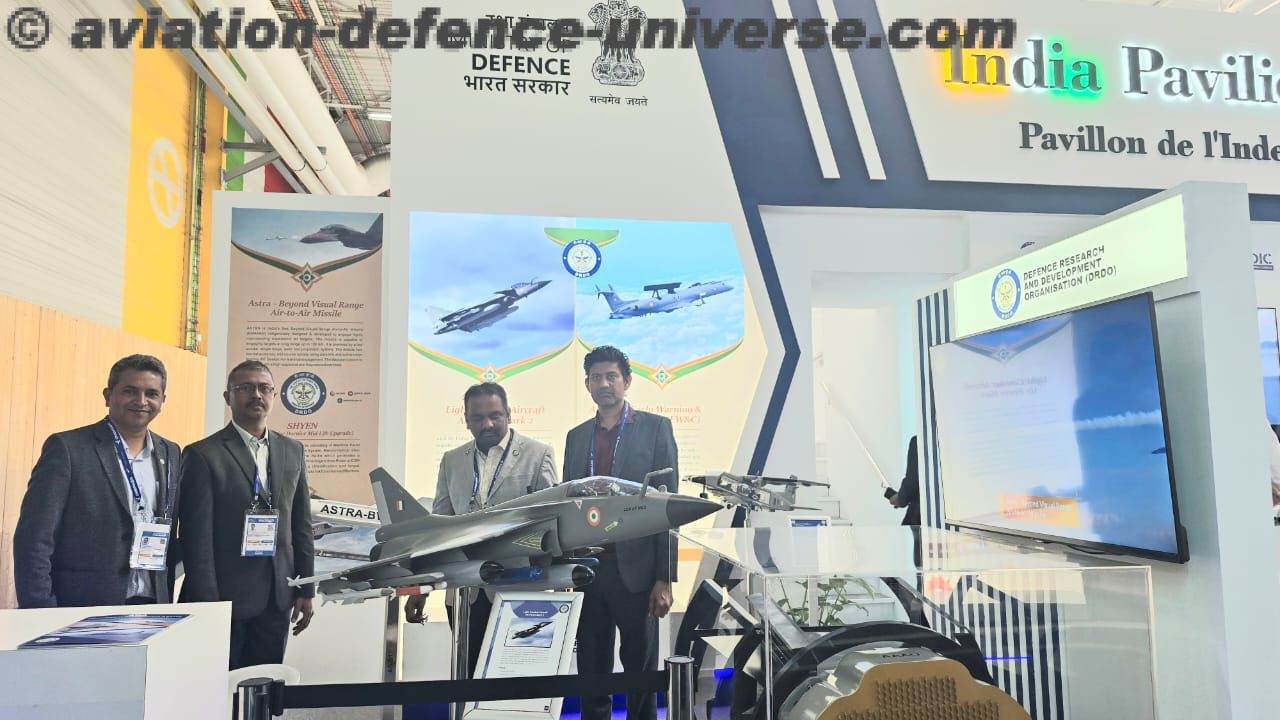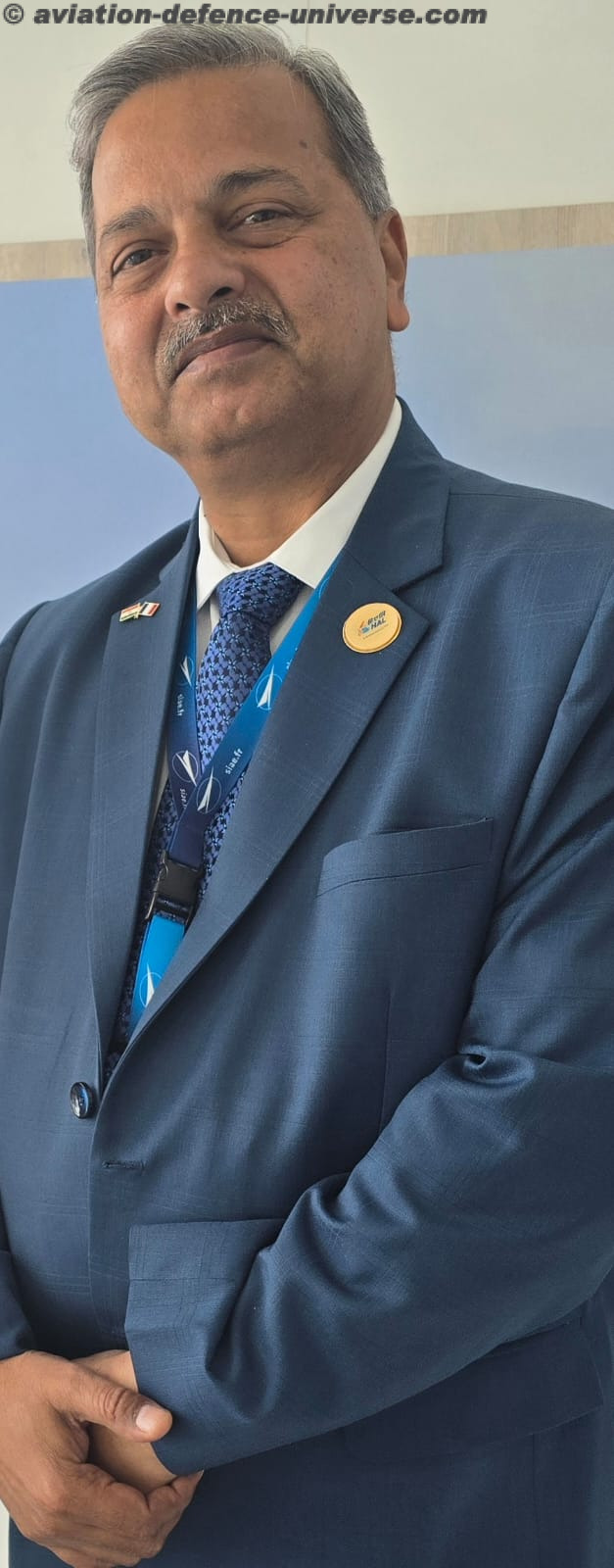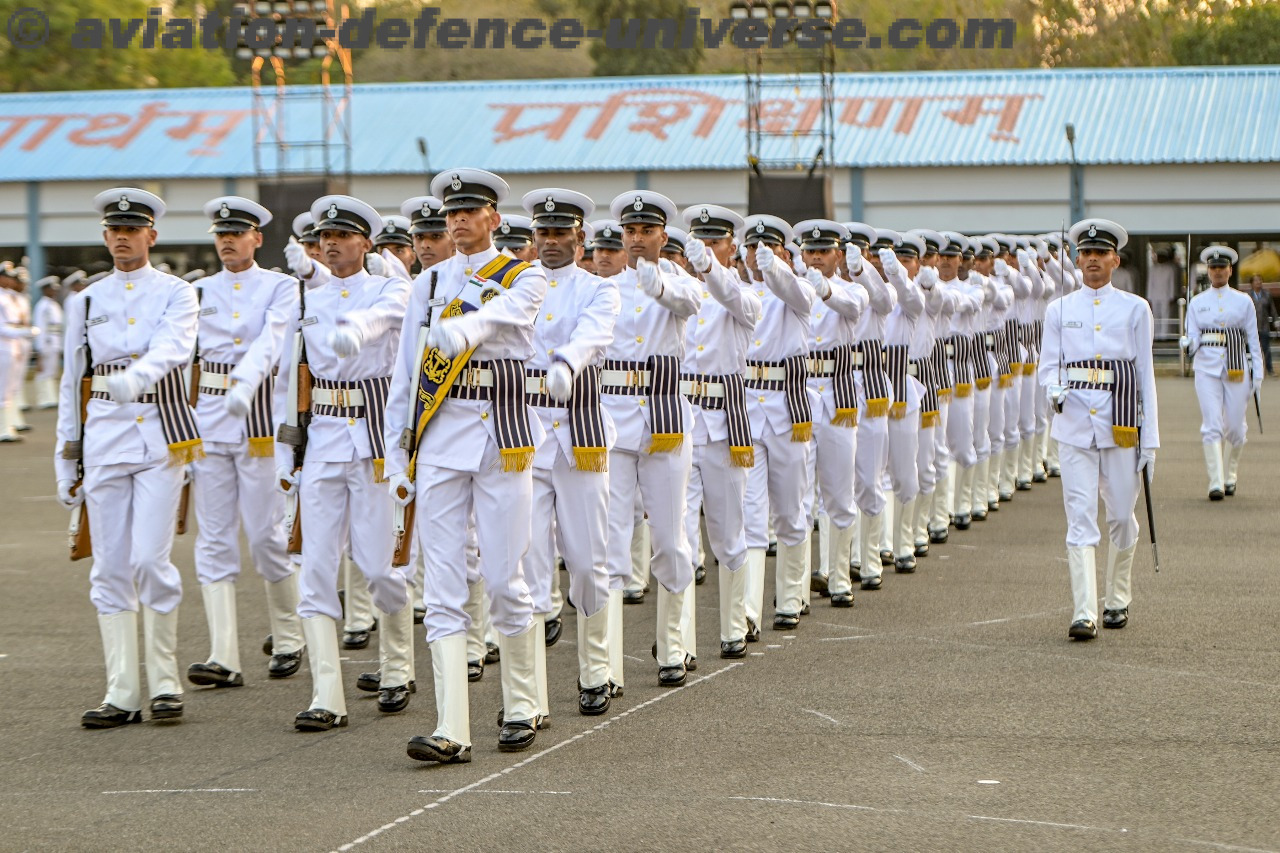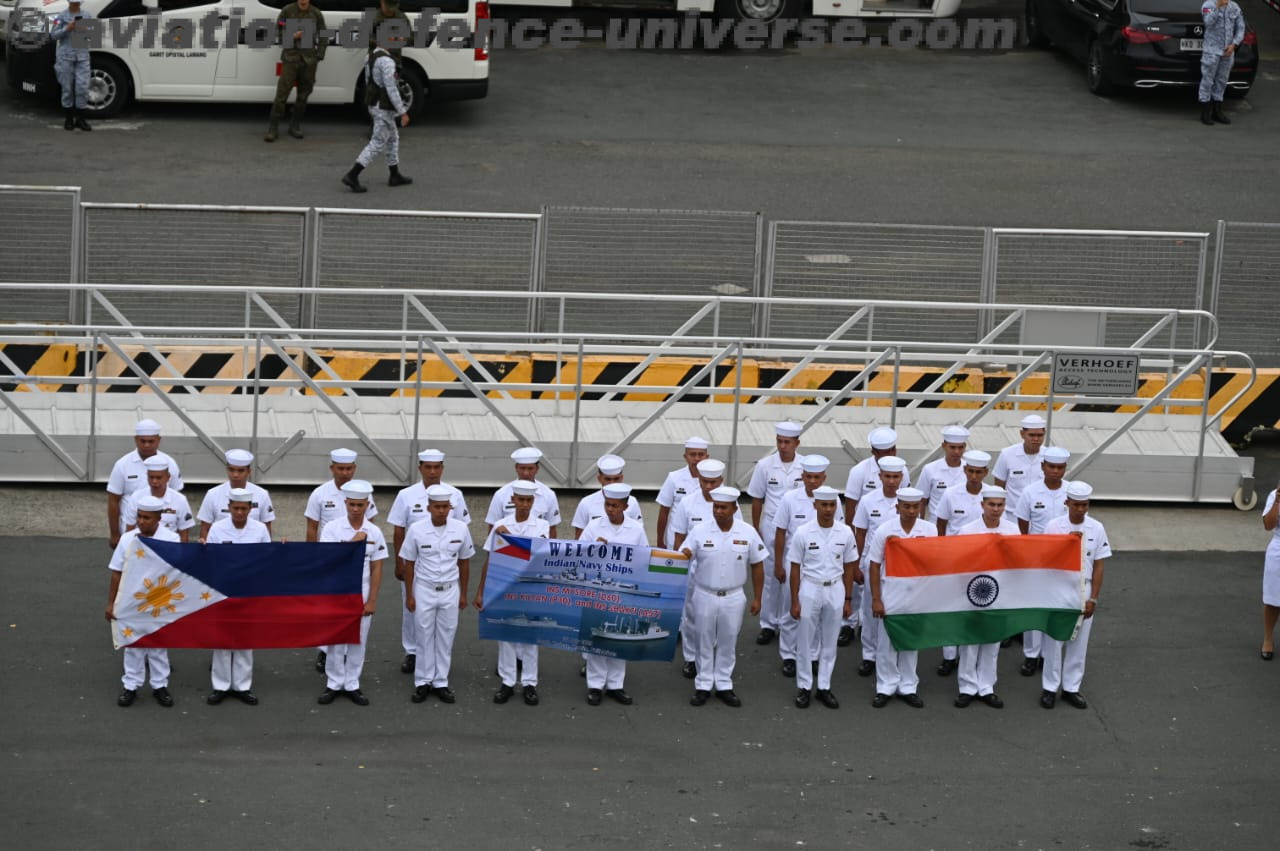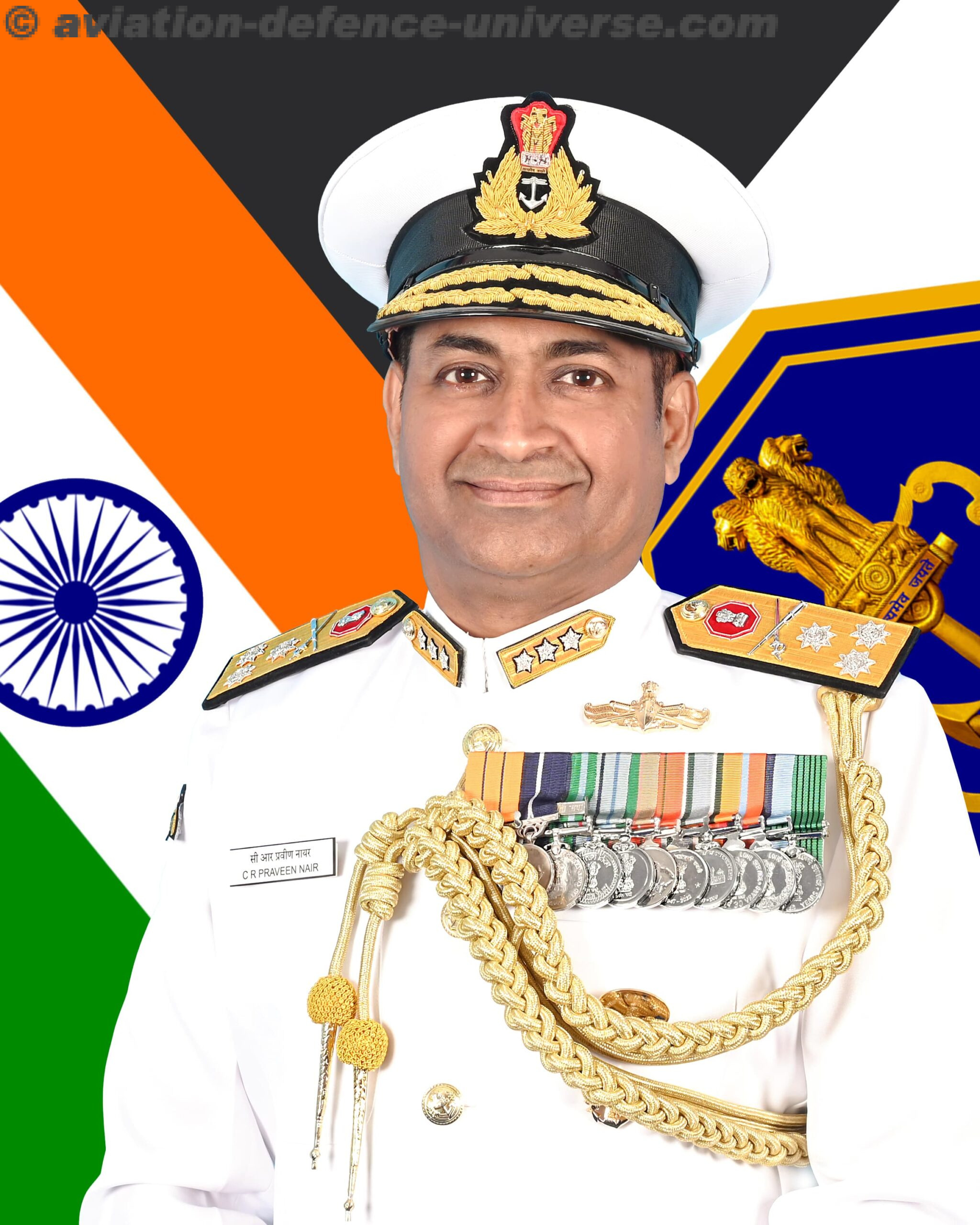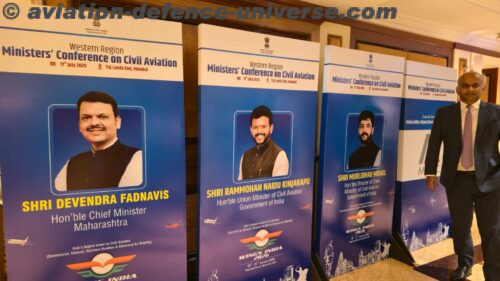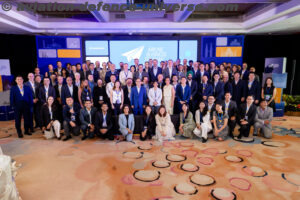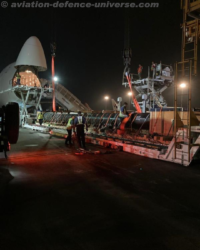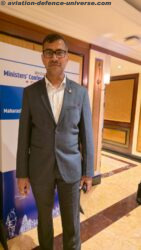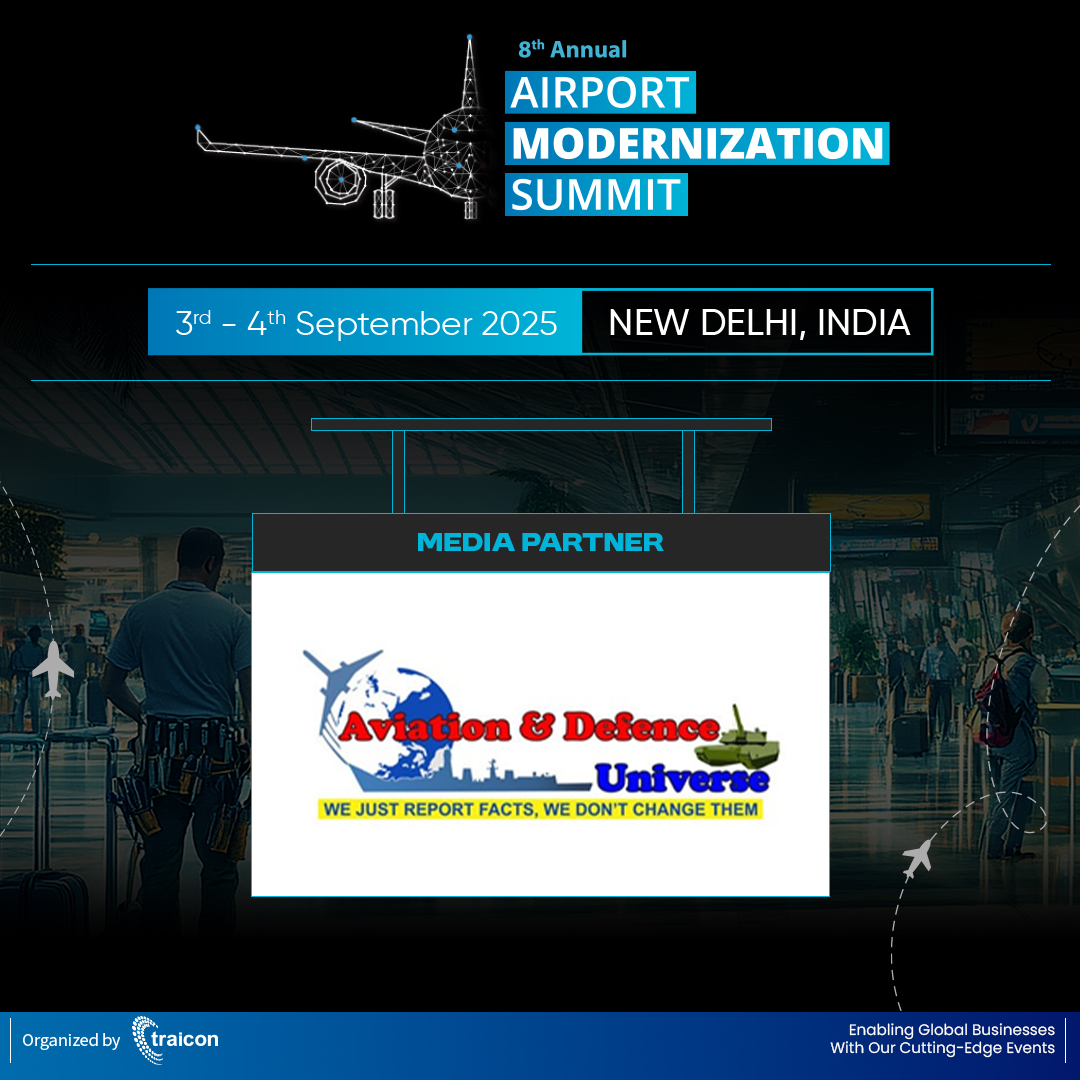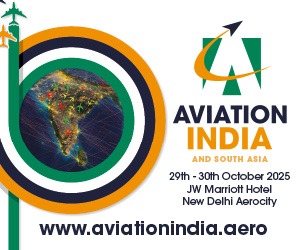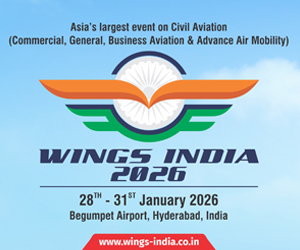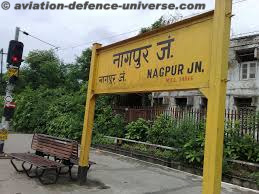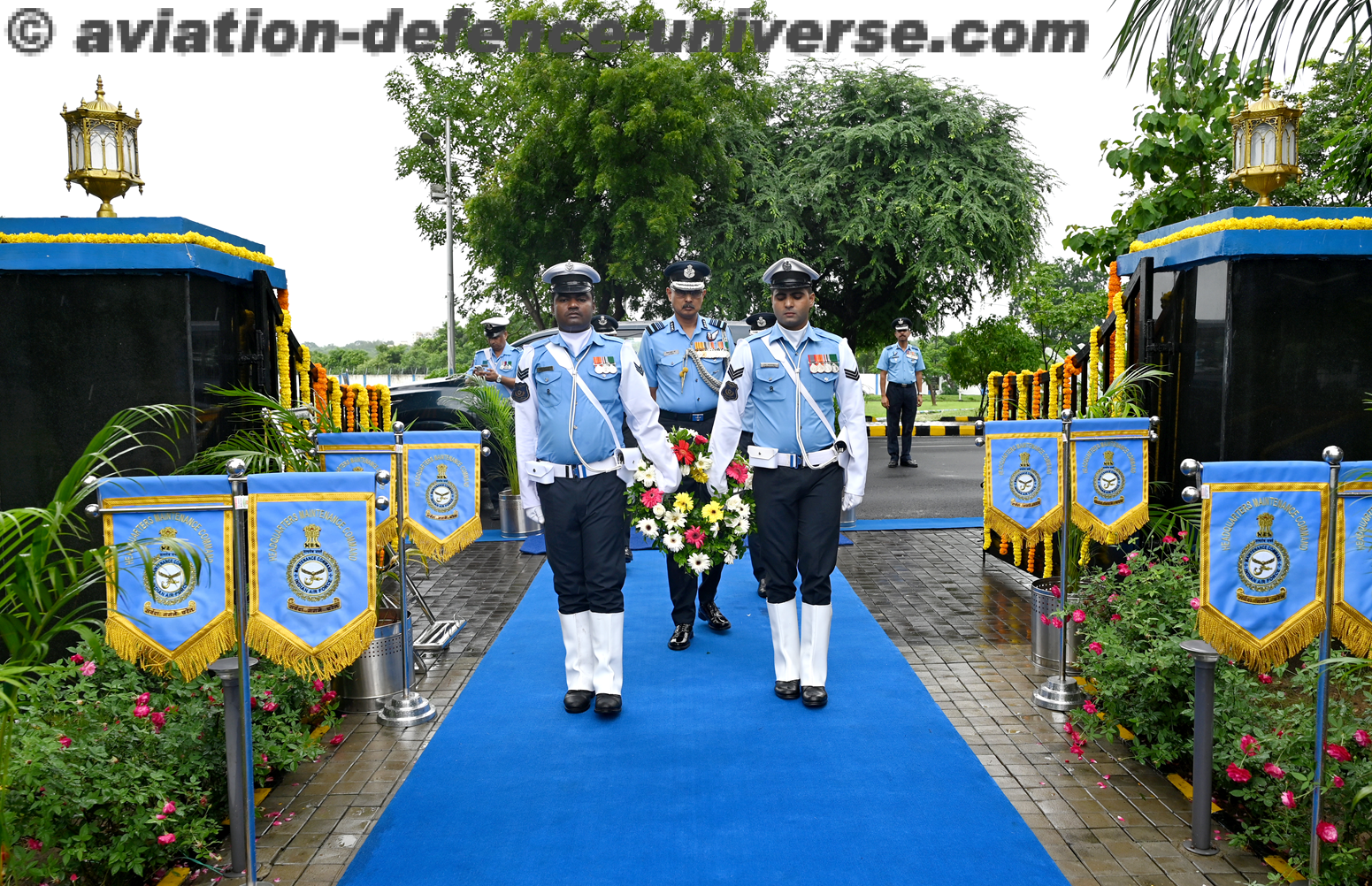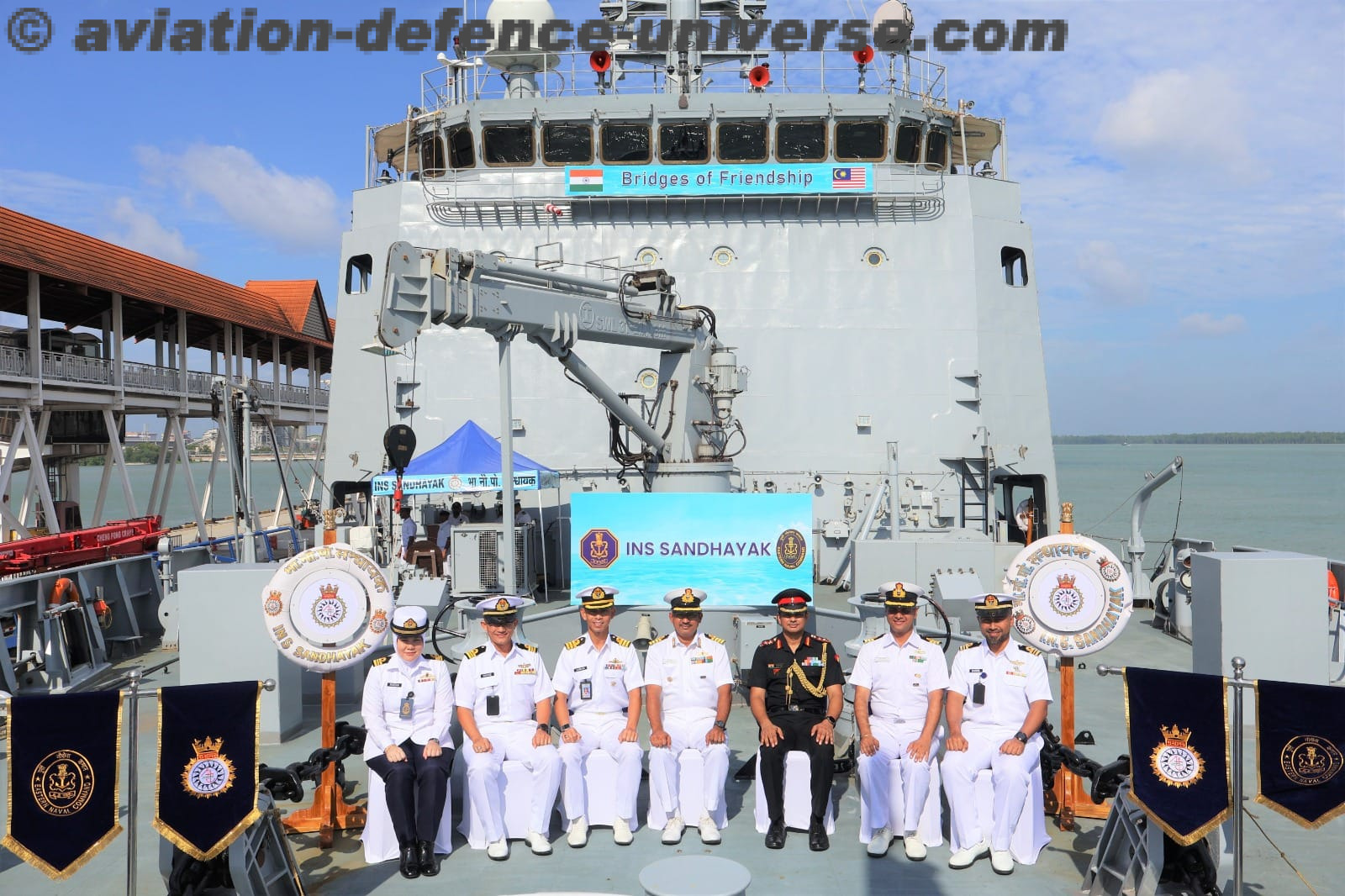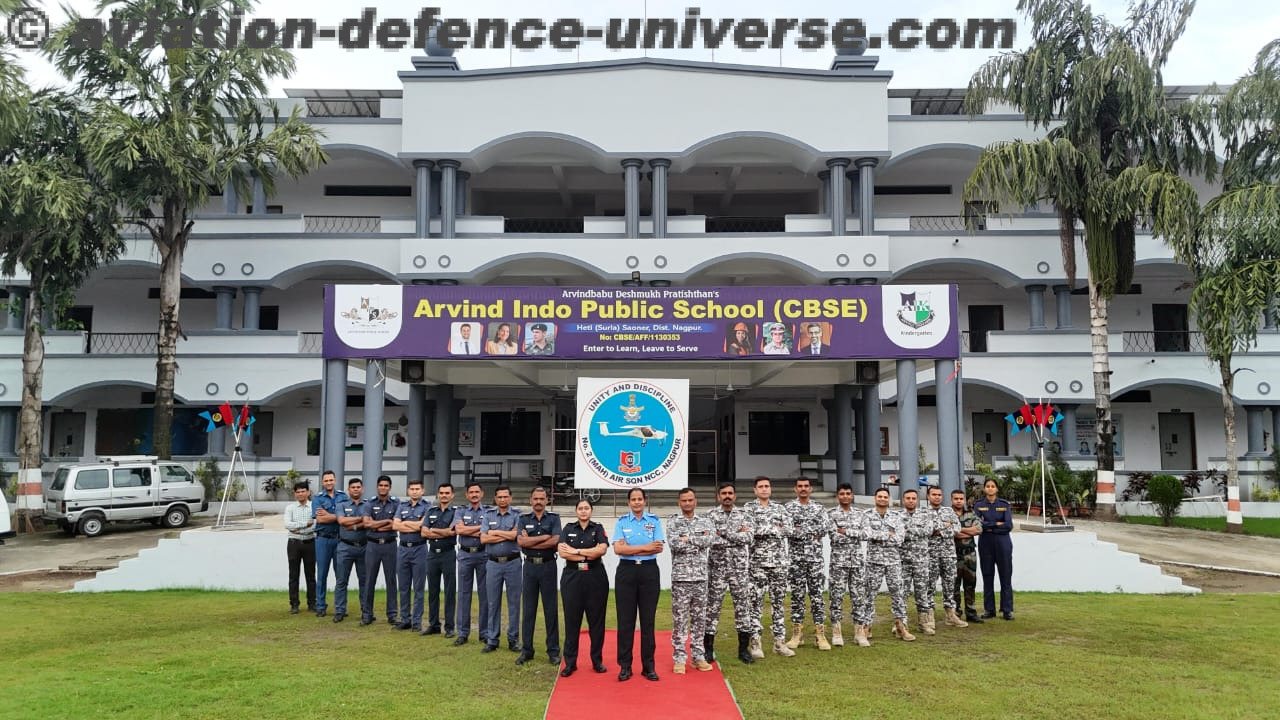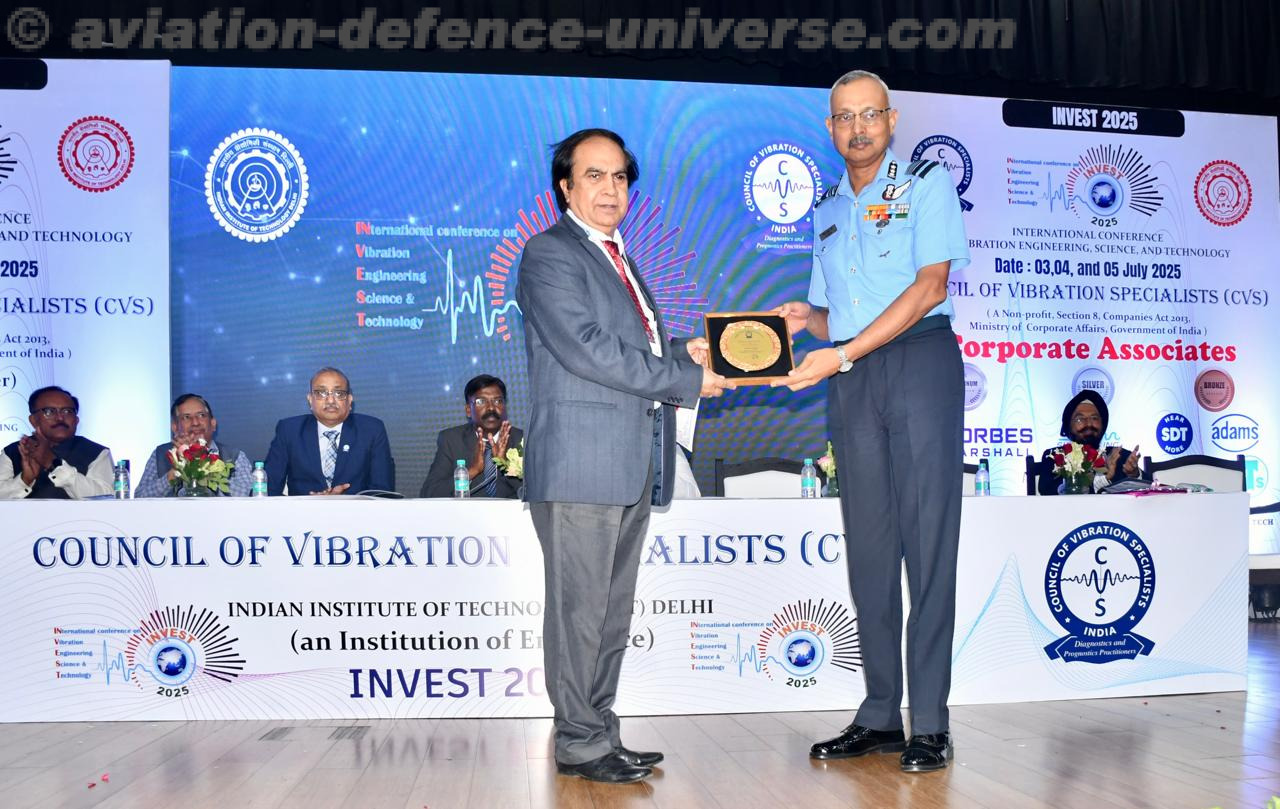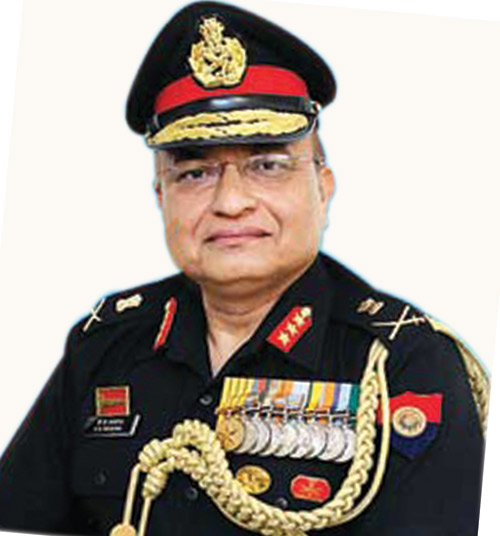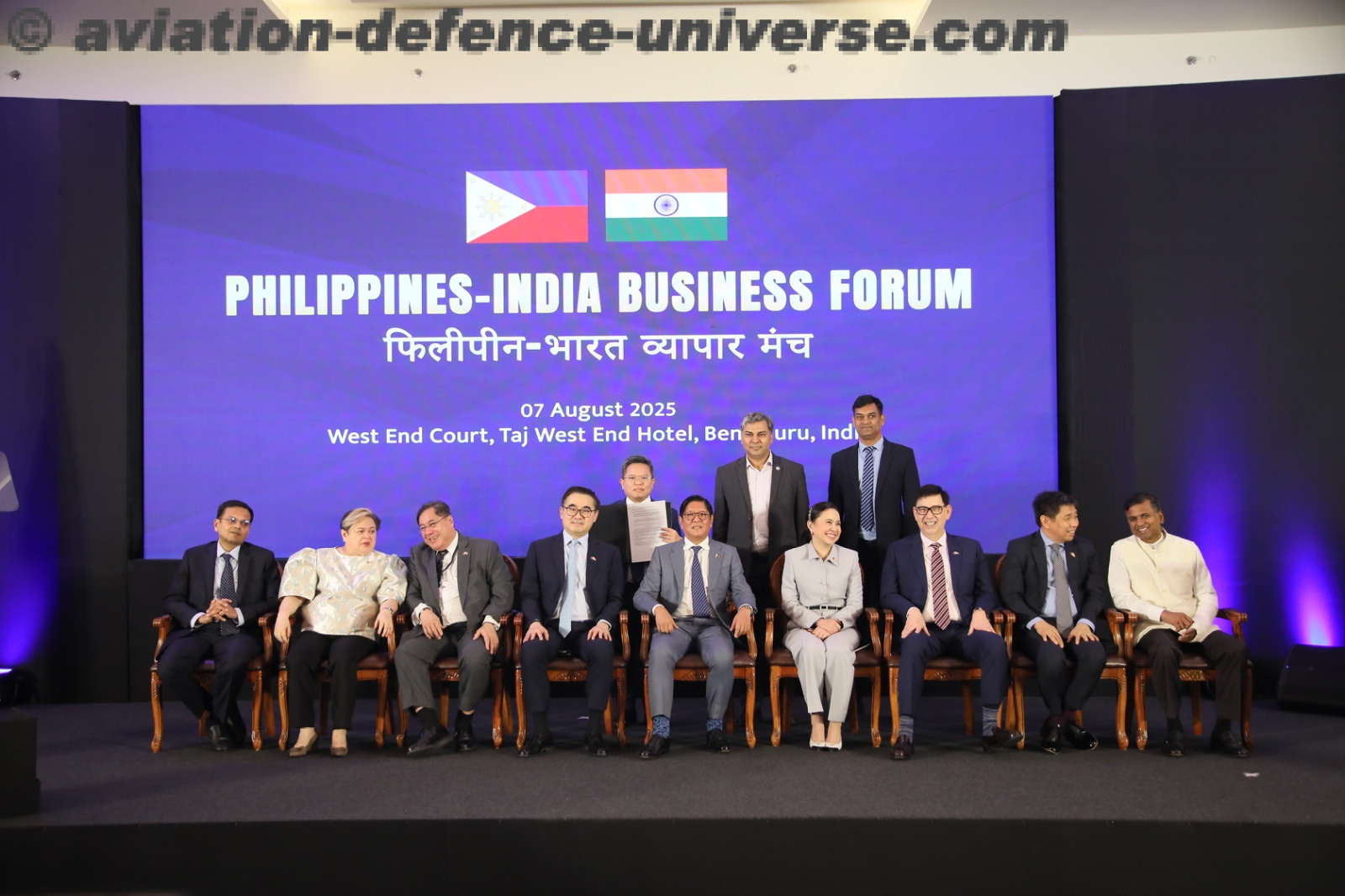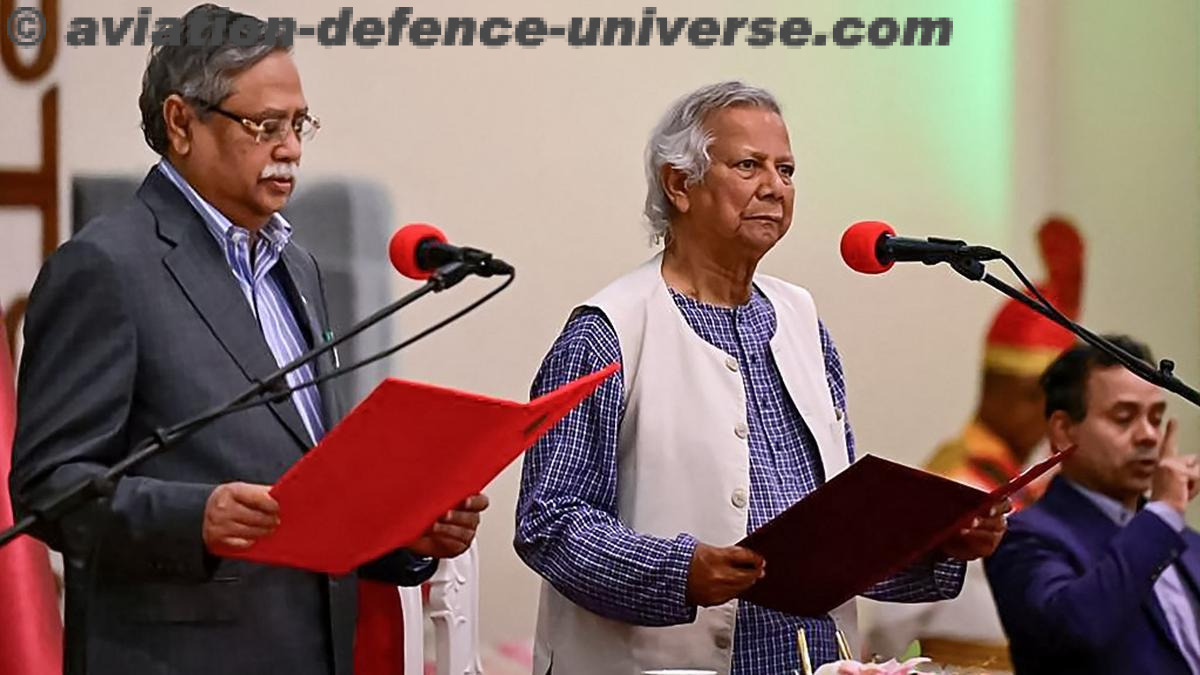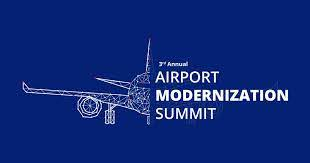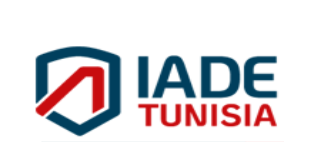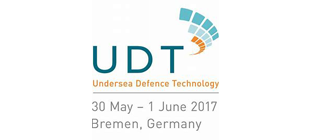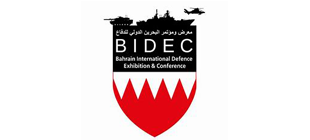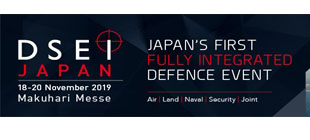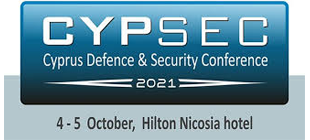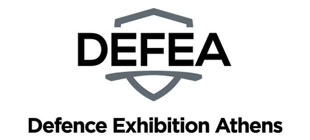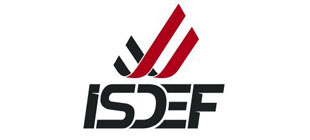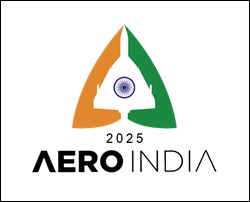- Fixed-Wing to Rotary-Wing: Jubilant Enpro’s Journey Through India’s Skies
- India Needs More GA Aircraft, Not Just Airlines
- President (Aerospace) Sudhir S Rajeshirke on 30 Years of Helicopter Legacy and General Aviation in India
By Sangeeta Saxena
New Delhi. 11 August 2025. General aviation (GA) plays a vital but often under-appreciated role in India’s aviation ecosystem. While scheduled commercial airlines receive the lion’s share of policy attention and media coverage, the GA segment—including business jets, helicopters, air ambulances, and non-scheduled operations—serves as a crucial link for remote connectivity, high-value business movement, emergency response, and regional access. As India’s General Aviation sector steadily gains altitude, Jubilant Enpro has emerged as a major player representing marquee global aerospace OEMs. In this exclusive interview with Aviation & Defence Universe (ADU), Sudhir S Rajeshirke, President – Aerospace, Jubilant Enpro, shares insights into the company’s 30-year journey, market shaping efforts, and the transformative potential of General Aviation in the country.
ADU. So here we’re going to talk about your company and what it’s doing in India.
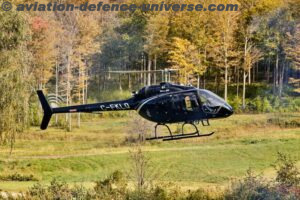 Sudhir S Rajeshirke. Absolutely. Jubilant Enpro, the aerospace business of Jubilant Bhartia Group, has been in the aviation domain for the last 30 years. Today, Jubilant Enpro represents two marquee aviation OEMs in India—Textron Aviation and Bell Flight. In fact, we are the only representation firm in India that simultaneously represents both a fixed-wing OEM and a rotary-wing OEM. No one else in the country does that.
Sudhir S Rajeshirke. Absolutely. Jubilant Enpro, the aerospace business of Jubilant Bhartia Group, has been in the aviation domain for the last 30 years. Today, Jubilant Enpro represents two marquee aviation OEMs in India—Textron Aviation and Bell Flight. In fact, we are the only representation firm in India that simultaneously represents both a fixed-wing OEM and a rotary-wing OEM. No one else in the country does that.
ADU. That’s a significant niche. Tell us more about this relationship, especially with Bell.
Sudhir S Rajeshirke. Jubilant has been representing Bell for almost three decades. This year marks 30 years of our association with them. We were among the earliest movers during the liberalisation period of 1991. We anticipated a tremendous market potential for helicopters in India, and that’s when Jubilant decided to enter the aerospace space. We formally began representing Bell in 1995.
With three decades of experience, Jubilant Enpro has played a pioneering role in shaping India’s General Aviation landscape. By representing both Bell and Textron Aviation, the company has enabled greater access to high-quality fixed- and rotary-wing aircraft. As India looks to strengthen regional connectivity and emergency response through General Aviation, players like Jubilant Enpro will be crucial in bridging the infrastructure, policy, and access gaps in the market.
ADU. That’s quite a legacy. How did you help shape the helicopter market in India?
 Sudhir S Rajeshirke. We worked proactively to develop the market. For instance, we were one of the early supporters of the Rotary Wing Society of India (RWSI) when it was launched around 1998–1999. We used that platform to promote and educate the Indian market about the value and potential of helicopters. Another example—back in 2008–2009, when the oil and gas segment in India was largely served only by public sector operators like Pawan Hans, we saw an opportunity to participate with private aviation companies in the oil and gas sectors.
Sudhir S Rajeshirke. We worked proactively to develop the market. For instance, we were one of the early supporters of the Rotary Wing Society of India (RWSI) when it was launched around 1998–1999. We used that platform to promote and educate the Indian market about the value and potential of helicopters. Another example—back in 2008–2009, when the oil and gas segment in India was largely served only by public sector operators like Pawan Hans, we saw an opportunity to participate with private aviation companies in the oil and gas sectors.
ADU. What opportunity was that?
Sudhir S Rajeshirke. The market was opening up to private operators. We marketed the Bell 412s to fill a critical gap in oil and gas helicopter services. This gave customers greater choice. It helped them access a wider range of helicopters, not just from public sector operators, but also from private players. This improved cost efficiency and operational effectiveness for offshore operators. That, in turn, led to a more competitive and mature aviation ecosystem for oil and gas operations in India.
Jubilant Enpro’s primary objective was to market Bell Helicopters in India, aligning with Bell’s global model of appointing independent representatives in each country. These representatives operate with local support teams, known as RSMs, depending on the country’s market size and business dynamics. In India, Jubilant Enpro served as a robust Independent Representative (IR), backed by a team that managed sales and business development. Our deep understanding of the Indian market and successful track record with both Bell Helicopters and Textron Aviation instilled long-standing trust in these OEMs, enabling Jubilant Enpro to sustain and grow its relationship with these global brands over the years.
ADU. When did you bring fixed-wing into the portfolio?
 Sudhir S Rajeshirke. Around 2017. We noticed the market also had a growing need for fixed-wing aircraft—both jets and turboprops. Textron Aviation was looking for a channel partner. Textron builds the Cessna Citation business jets and a wide range of turboprop aircraft. Since 2017, we’ve represented Textron Aviation in India. Today, we are proud to handle both rotary and fixed-wing segments through our association with Bell and Textron Aviation.
Sudhir S Rajeshirke. Around 2017. We noticed the market also had a growing need for fixed-wing aircraft—both jets and turboprops. Textron Aviation was looking for a channel partner. Textron builds the Cessna Citation business jets and a wide range of turboprop aircraft. Since 2017, we’ve represented Textron Aviation in India. Today, we are proud to handle both rotary and fixed-wing segments through our association with Bell and Textron Aviation.
ADU. Just for our understanding—Textron and Bell both had established offices in India. Why did they require representation through another company?
Sudhir S Rajeshirke. That’s a good question. The global model adopted by both Bell and Textron typically does not involve setting up their own sales and representation offices in every country. Instead, they appoint trusted third-party independent representatives and channel partners. This model gives them scalability, local expertise, and better market access without having to build and maintain a full-fledged in-country team. That’s where Jubilant Enpro fits in—we are their exclusive representation partner for the Indian market.
 While Jubilant represents both Bell and Textron Aviation, the nature of the business necessitates exclusive representation due to potential conflicts of interest. As a result, the company focuses solely on these two OEMs. However, Jubilant Enpro’s strategy goes beyond brand representation—it embraces a solutions-oriented approach. Recognizing that simply selling aircraft does not fully serve the customer, the team offers end-to-end engagement. We engage with helping the customer identify the right aircraft to meet their mission requirements. Further, we offer them guidance in regulatory and taxation which helps them to structure their aviation company. In addition, we also assist in aircraft financing with our network of financing channels. Hence we hand hold them through their entire journey from acquisition to operations of their aircraft. This customer-centric model ensures that buyers receive tailored solutions rather than just a transactional sale of helicopters or private jets.
While Jubilant represents both Bell and Textron Aviation, the nature of the business necessitates exclusive representation due to potential conflicts of interest. As a result, the company focuses solely on these two OEMs. However, Jubilant Enpro’s strategy goes beyond brand representation—it embraces a solutions-oriented approach. Recognizing that simply selling aircraft does not fully serve the customer, the team offers end-to-end engagement. We engage with helping the customer identify the right aircraft to meet their mission requirements. Further, we offer them guidance in regulatory and taxation which helps them to structure their aviation company. In addition, we also assist in aircraft financing with our network of financing channels. Hence we hand hold them through their entire journey from acquisition to operations of their aircraft. This customer-centric model ensures that buyers receive tailored solutions rather than just a transactional sale of helicopters or private jets.
ADU. Now we will shift focus to your industry General aviation in India. Why doesn’t it get as much attention as scheduled commercial aviation?
Sudhir S Rajeshirke. General Aviation (GA) in India is not a new phenomenon, but unfortunately, it continues to remain an under-recognized segment of the aviation sector. In fact, the situation has worsened over the years. Back in 2007, the ratio of GA aircraft to scheduled aircraft was about 1:5. That has now dropped to 1:10.
ADU. How does this compare with global trends?
 Sudhir S Rajeshirke. If you look at developed countries like the United States, the ratio is completely reversed. There, for every commercial aircraft, you’ll find nearly three GA aircraft. This contrast clearly shows that India is lagging far behind when it comes to GA growth.
Sudhir S Rajeshirke. If you look at developed countries like the United States, the ratio is completely reversed. There, for every commercial aircraft, you’ll find nearly three GA aircraft. This contrast clearly shows that India is lagging far behind when it comes to GA growth.
India’s general aviation segment, despite its early origins, has failed to keep pace with global counterparts. The country has a disproportionately low number of general aviation aircraft compared to scheduled airliners, and this imbalance has only worsened over the years. GA is still viewed as a luxury rather than a facilitator of business, healthcare, and regional connectivity. The policy focus remains skewed towards commercial aviation, leaving GA players to operate in a grey area with insufficient infrastructure, unclear guidelines, and regulatory delays.
ADU. What role does GA play in the broader civil aviation ecosystem?
Sudhir S Rajeshirke. If we want to strengthen the foundations of our civil aviation sector, we must put equal—if not greater—emphasis on the development of general aviation ecosystem. We simply cannot ignore its importance. It is vital to the aviation industry.
ADU. What’s the scope of business and corporate aviation in India?
Sudhir S Rajeshirke. Business and corporate aviation is an important element of GA. It includes aircraft owned by business houses and private individuals. These are typically non-scheduled aircraft and serve a wide range of needs—corporate travel, VIP movement, election campaigns, emergency medical services, and so on. Initially, this segment was limited to large business groups due to the high capital and operating costs, but it’s gradually gaining traction among smaller businesses and high-net-worth individuals.
ADU. What’s holding this segment back?
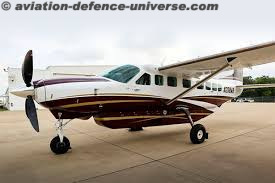 Sudhir S Rajeshirke. The potential is huge, but the growth is constrained by multiple factors. There’s a lack of suitable infrastructure— FBOs for easy entry and exit of GA passengers, unavailability of parking bays, hangars, and slots at busy airports are hard to come by. On top of that, the regulatory environment is complex and often unfriendly.
Sudhir S Rajeshirke. The potential is huge, but the growth is constrained by multiple factors. There’s a lack of suitable infrastructure— FBOs for easy entry and exit of GA passengers, unavailability of parking bays, hangars, and slots at busy airports are hard to come by. On top of that, the regulatory environment is complex and often unfriendly.
ADU. Can you elaborate on the regulatory challenges?
Sudhir S Rajeshirke. Unlike in the western countries, the process to acquire and operate an aircraft in India requires companies to establish complicated structures just to own and operate an aircraft. The regulatory processes are exhaustive and the taxation penalizing. Hence even companies whose core business is not aviation are required to start an aviation company just to maintain compliances and operate in a commercially feasible manner.
This has discouraged several companies, who really need a business aircraft to further their business, to drop the idea of owning an aircraft. Naturally, the growth of business aviation has remained flat.
Further, India’s GA infrastructure remains inadequate. Most commercial airports prioritize scheduled airlines, leaving limited slots and space for GA operations. Dedicated General Aviation Terminals (GATs) are rare, and Fixed Base Operators (FBOs) providing tailored services for business jets are available only at a handful of airports. The development of heliports under the UDAN 4.0 and regional initiatives could help, but a broader infrastructure push—focusing on FBOs, hangars, maintenance bases, and parking bays—is critical for sustained growth.
ADU. What about the availability of skilled manpower in this sector?
 Sudhir S Rajeshirke. That’s another major issue. There’s an acute shortage of trained personnel, particularly pilots and maintenance crew. As the sector expands, we will face a serious shortage unless we take proactive steps to enhance training and certification capacities now.
Sudhir S Rajeshirke. That’s another major issue. There’s an acute shortage of trained personnel, particularly pilots and maintenance crew. As the sector expands, we will face a serious shortage unless we take proactive steps to enhance training and certification capacities now.
ADU. Are there any fiscal issues that the industry faces?
Sudhir S Rajeshirke. Yes, the taxation structure for acquisition of aircraft is such that it requires complex structuring of aviation companies. This is only done to have cost effective operations. It’s unreasonably harsh. The banks have no understanding of aviation assets. Hence they offer no financing support to acquisition of aircraft. for private or non-scheduled operators. Customs duties on imported aircraft and spares are steep, and depreciation benefits cannot be achieved in an already loss making aviation company. Additionally, jet fuel is often unavailable at remote airfields, which further complicates operations.
GA operators face a maze of challenges ranging from regulatory bottlenecks to infrastructure constraints. Key hurdles include inconsistent state-level policies, high operating costs due to taxes and fuel pricing, shortage of skilled manpower, and lack of maintenance facilities in non-metro areas. Moreover, the absence of a dedicated GA policy has led to a fragmented and ad-hoc approach to its regulation and promotion. These issues must be addressed systematically if GA is to serve as a backbone of India’s regional and economic connectivity.
ADU. Despite these challenges, do you see a bright future for GA in India?
Sudhir S Rajeshirke. Absolutely. GA can play a transformative role in India’s aviation growth story. There are four areas which can be pivotal to growth of GA in India.
First, helicopters represent a great opportunity for India to increase GA footprint. New segments such as Helicopter Emergency Medical Services (HEMS), Search and Rescue (SAR), fire-fighting, police surveillance and special missions such as transmission lines surveillance offer great opportunities for the growth of helicopters in India. States and agencies such as NDRF could take the initiative to launch such public safety initiatives that could save lives.
Secondly, the DGCA should now bring the aircraft management model. In this structure, an owner can purchase an aircraft and give it to a professional aircraft management company to operate it. Current regulatory structure does not allow such arrangement without a feasible and cost effective structure. This will greatly increase the numbers of GA aircraft in India.
Third, the MoCA should put together an enabling framework for aircraft fractional ownership model. Doing this will reduce both CAPEX and OPEX for users of business aviation and create a vibrant and a fast growing general aviation industry.
Lastly, India really needs to develop a strong GA infrastructure to accommodate the growth of GA industry. This is absolutely vital as I mentioned earlier.
ADU. How can GA integrate with schemes like UDAN?
 Sudhir S Rajeshirke. The UDAN scheme is a great opportunity to bring GA into the mainstream aviation policy framework. Many of the routes under UDAN are not feasible for commercial airlines, but general aviation operators can service them effectively.
Sudhir S Rajeshirke. The UDAN scheme is a great opportunity to bring GA into the mainstream aviation policy framework. Many of the routes under UDAN are not feasible for commercial airlines, but general aviation operators can service them effectively.
Fractional ownership, where multiple parties share the cost and usage rights of an aircraft, presents a compelling model for India’s price-sensitive market. While it is already an established concept in markets like the U.S., it remains largely underutilized in India. As the country’s corporate travel needs expand and more Tier 2 and Tier 3 cities demand connectivity, this model could allow more businesses to access air travel without full ownership costs. However, regulatory clarity, operational frameworks, and awareness are necessary to unlock this model’s potential.
ADU. Do you think “Make in India” can help GA?
Sudhir S Rajeshirke. Definitely. The Make in India programme should include components for manufacturing GA aircraft, spares, and support systems. This will not only reduce costs of import and transporation but also create skilled employment opportunities in the manufacturing sector.
ADU. What should be the way forward?
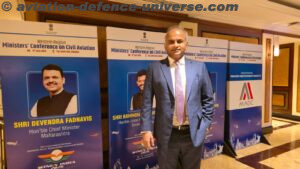 Sudhir S Rajeshirke. It’s high time the government, regulators, and all stakeholders adopt a collaborative approach to develop a comprehensive policy framework for GA. India has the potential to become a hub for general aviation in the region. But we must first remove the structural bottlenecks that are holding us back.
Sudhir S Rajeshirke. It’s high time the government, regulators, and all stakeholders adopt a collaborative approach to develop a comprehensive policy framework for GA. India has the potential to become a hub for general aviation in the region. But we must first remove the structural bottlenecks that are holding us back.
India’s general aviation sector holds immense promise but remains encumbered by systemic and regulatory challenges. As highlighted by Sudhir S Rajeshirke, the sector must be mainstreamed into national aviation policy with clarity on regulation, taxation, infrastructure, and manpower development. With the right policy push, India could leverage general aviation to foster inclusive connectivity, facilitate business growth, and create an agile air mobility ecosystem. It’s time for India to unlock the true potential of the skies beyond its commercial air corridors.
As told to Sangeeta Saxena






